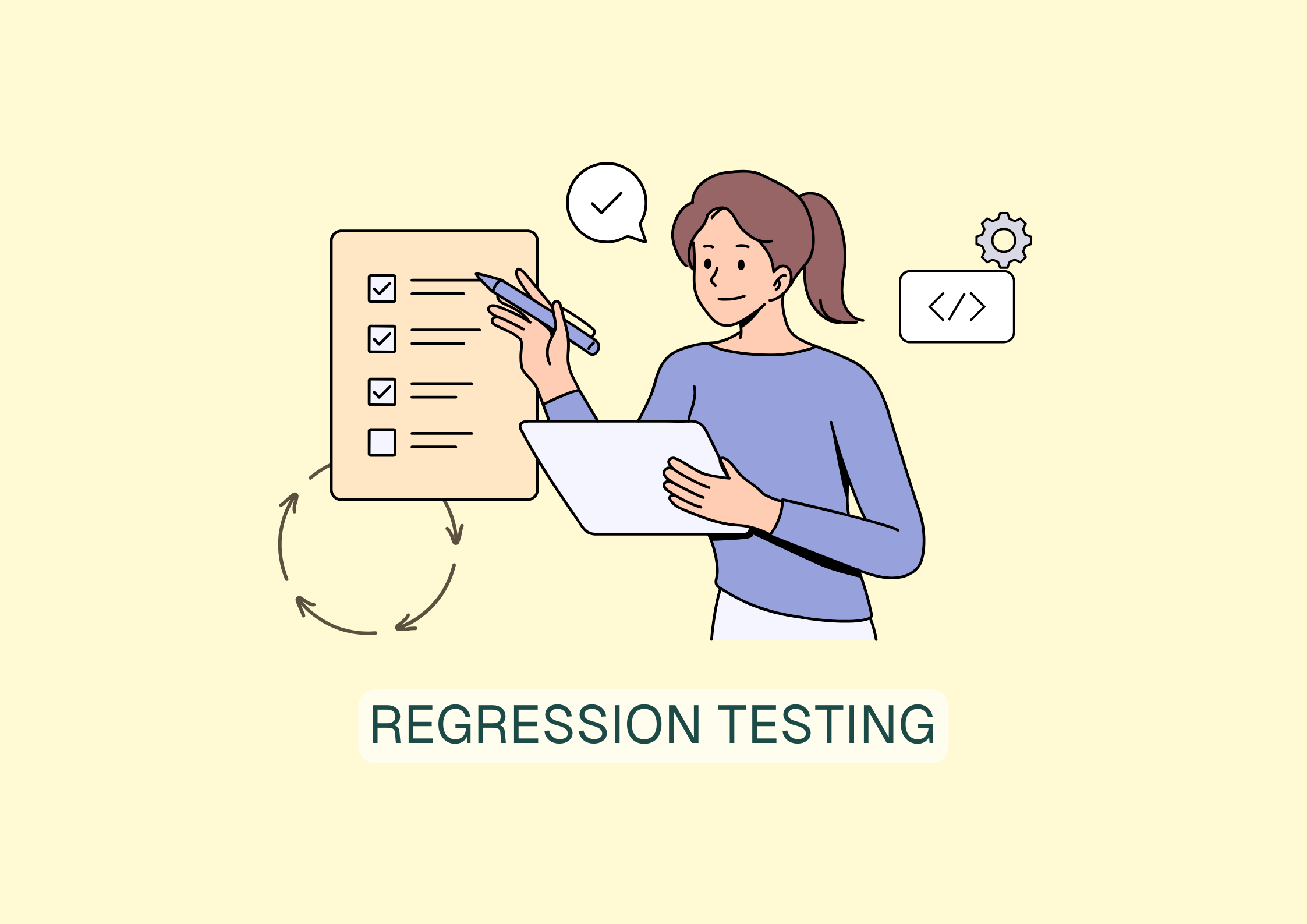CHANNELS
Features

Regression testing is an essential step in ensuring the stability of an application or website after a code change. It ensures that the addition of a new feature, an update or a bug fix has not caused any malfunctions in existing parts. In other words, it verifies that what worked yesterday still works today.
Summary
1.
What is regression testing?
2.
Why are these tests essential?
3.
When should regression tests be run?
4.
How to perform a regression test effectively?
5.
Manual or automated testing?
6.
What are the benefits of automation
7.
8
9.
10.
A regression refers to a bug that is unintentionally reintroduced into the system following a change. Even a minor modification can alter already validated features. Regression testing aims to detect these anomalies to prevent them from spreading to production.
Let's take an example. An e-commerce application offers filters in the ‘men's shoes’ category: size, colour, type. When a new ‘material’ filter is added, it is necessary to check not only that this new filter works, but also that the existing filters are not affected. This is precisely what regression testing allows you to do.
As code evolves, each change can affect modules that have not been directly modified. Without regression testing, these side effects can go unnoticed until they impact end users. Regression testing therefore protects critical paths, prevents setbacks and makes the delivery process more reliable.
Regression tests are generally performed:
They can occur at several key moments in the development cycle and are gradually being integrated into agile and DevOps practices.
A good regression test is based on realistic user scenarios. A specific path is defined (e.g. logging in, resetting your password, confirming your shopping basket), then each step is checked to ensure it works as expected, even after a change to the code.
It is also crucial to test these scenarios in different environments (browsers, operating systems, devices) to ensure optimal compatibility. The more complex a project becomes, the more frequent and systematic these tests must be.
Functional verification can be performed manually or automatically. Manual testing is often used for simple projects, or when automation is not justified. But as soon as checks become recurring or the project evolves rapidly, automation becomes necessary.
It allows checks to be performed every time the code is modified, without human effort. Generally integrated into continuous integration (CI/CD) pipelines, it ensures continuous quality monitoring.
Automating regression testing has many advantages: it saves time, reduces human error, improves functional coverage, and speeds up time to market. It also allows bugs to be detected quickly and anomalies to be corrected before they affect users.
